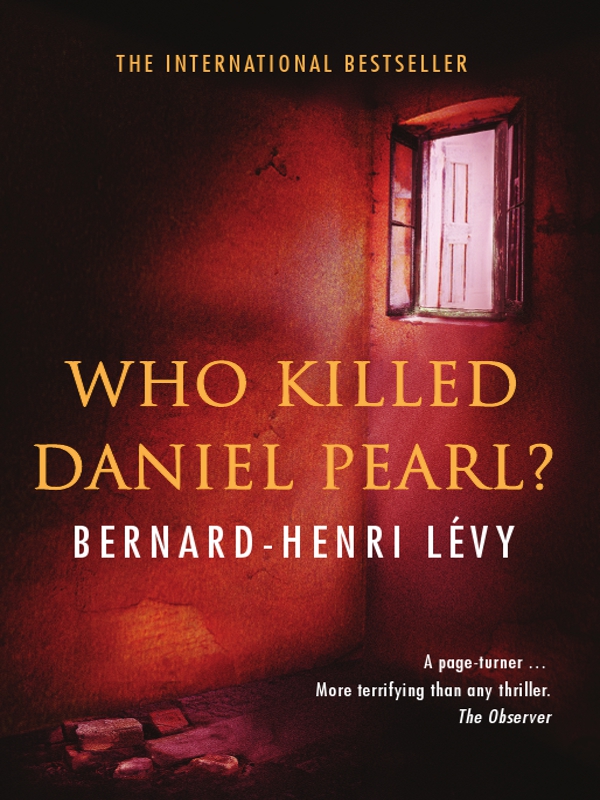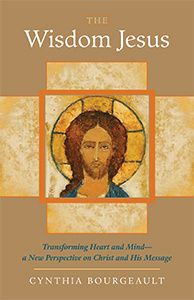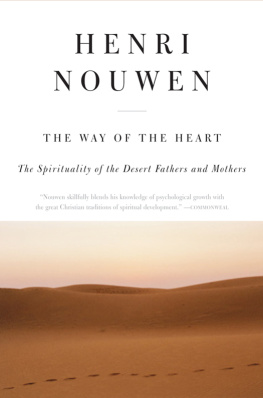
WHO KILLED DANIEL PEARL?
Bernard-Henri Lvy is Frances leading philosopher and one of the most esteemed and bestselling writers in Europe. He has also served on diplomatic missions for the French governmentmost recently, to Afghanistan after the fall of the Taliban. He first wrote about the region in 1971, as a war correspondent covering the conflict between India and Pakistan over Bangladesh. The first of his 30 books, Red India, was about that conflict.
James X. Mitchell is a screenwriter and translator living in Paris.
BERNARD-HENRI LVY
WHO KILLED DANIEL PEARL?
TRANSLATED BY JAMES X. MITCHELL

First published in 2003
by Hardie Grant Books
12 Claremont Street
South Yarra, Victoria 3141, Australia
www.hardiegrant.com.au
This edition published in 2004
All rights reserved. No part of this publication may be reproduced,
stored in a retrieval system or transmitted in any form by any means,
electronic, mechanical, photocopying, recording or otherwise, without
the prior written permission of the publishers and copyright holders.
The moral right of the author has been asserted.
Copyright text Bernard-Henri Lvy 2003
Originally published in the French by Editions Grasset & Fasquelle 2003
National Library of Australia Cataloguing-in-Publication Data:
Lvy, Bernard-Henri.
[Qui a tu Daniel Pearl. English].
Who killed Daniel Pearl?
ISBN 1 74066 206 7
1. Pearl, Daniel, 1963 Assassination. 2. Journalists Crimes
against United States. I. Title.
070.92.
Typeset by Pauline Haas, Girls Own Graphics
Printed and bound in Australia by Griffin Press
10 9 8 7 6 5 4 3 2 1
FOR ADAM PEARL
TABLE OF CONTENTS
This book begins 31 January 2002, the day of the death of Daniel Pearl, the American journalist kidnapped, then decapitated, in Karachi, by a gang of religious madmen.
I will say, when the time comes, where, and in what circumstances, I was when I saw for the first time the image of his decapitation.
I will tell how and why I decided that day, though I didnt know the man, to take the time necessary to grasp the mystery of his death.
The investigation lasted one year.
It took me from Karachi to Kandahar, New Delhi, Washington, London, and back to Karachi.
This is the story.
It is the account of his investigation, of his search for the truth, that is the material of this work: as raw as possible; as close as I can to what I saw and experienced; the role of doubt and that of conviction; the dead-ends and small steps forward; the true and false witnesses; those who talk because they know you know; the hidden actors who confide their part of the secret or, on the contrary, mislead you; the moments when the hunter, the investigator, has the impression of being the hunted; fear like an ominous feeling or fair warningthe fear without which the report fails to convey the atmosphere of the gray areas, of shadows in stark light, typical of dubious places; the facts, only the facts, and, when the real was not available, some involuntary part of the imaginary looms.
The first subject of this investigation was, of course, Pearl himself.
The enigma of those gentle men of whom Dostoyevski speaks.
The life of this fine journalist, an American and a Jew, but who was many other things as well: a citizen of the planet, a man curious about other men, at home in the world, friend to the forgotten, living life to the fullest, standing in solidarity with the downtrodden, detached and engaged, generous and irresistibly optimistic; a luminous character who made it his duty, if needed, to think counter to himself; he was a man who had chosen to answer evil with good and, above all, to understand.
His death, then.
A chronicle of this death.
Who he saw.
What he did.
If there was enough in the investigation he was conducting to explain that they should want him silenced and killed.
So, an investigation of the investigation.
Begin again, from the evidence he left, and in a sense in his place, the investigation that cost him his life.
Retrace his steps. Find, from Islamabad to Karachi, the trail of this man who unwittingly entered a world of darkness. Walk like him. Observe like him. Try to think like him, to feel what he felt, and so to the very end, the instant of death and what he lived in that instantone year to try to reconstruct the instant of the death of a man I have never met.
Then, there are the others, those who assassinated him, and one in particular, the brains behind the crime, Omar Sheikh.
The dread this individual inspires.
The horror of his hatred of everything humane.
But also, as with his victim, my stubborn will to understandthe will to enter, not into his reasons, but into his passion, his glacial delirium, the way he lives and reacts, the way he wanted and prepared his crime.
Physics of bloody passions.
Chemistry of a murderous vocation.
Not the devil in the mind, but in the mind of the devil, to try to fathom something of this assassins torment of which others before Pearl were victimsand which others after him, alas, will be.
How does it work, in this day and age, the demonic?
What happens in the soul of a man who, without reason, in coldblood, chooses to espouse evil, to aim for the absolute crime?
What is it that, in the start of this century, makes the abject become desire and destiny?
Who are these new possessed who think anything is permitted, not because God doesnt exist, but precisely because He exists and this existence drives them to madness?
Distance and proximity.
Extreme disgust and the will to understand.
Omar, the laboratory.
And then, finally, their world.
This world which is also ours and in which the atrocious death of Daniel Pearl was possible.
This unknown world, without points of reference, whose gestation I have never, for the past ten years, tired of observing, between forgotten wars, the Bosnia engagement and the Rapport Afghan; a world whose new compartments the Pearl affair, with all it implies and everything it puts into play, with its unexpected ramifications, has allowed me to discover.
This world of radical Islam with its codes and passwords, its secret territories, its nightmare mullahs breathing madness into souls, its minions, its field marshals.
The universe of the new terrorism and, in particular, bin Laden, who we shall see had his place in this story and whose shadow, dark mystery, weapons of subtle or mass destruction, comings and goings, necessarily haunt these pages.
And then these questions: the clash or not of cultures; one Islam or two; how can the Islam of light triumph over this cadaver-hungry God, grinding bodies and souls in the crucible of a distorted law; are the cold monsters of today still States? What response to hatred when it is the cement of a country adrift? What defense against theological politics fired white-hot? Is the spirit of crusade and the combat against the Axis of Evil the appropriate response? Must we resign ourselves to the fact that the failure of the Universal, the global will for vengeance, the regression, are the only echo to the affliction of the soul?
A final word.
If this book began at the beginning of the year 2002, the fact is that it ended in April 2003, in the middle of the Anglo-American war in Iraq.
Completing it, I understand better why this war, from its initial premises, inspired in me such a feeling of malaise.
Next page








